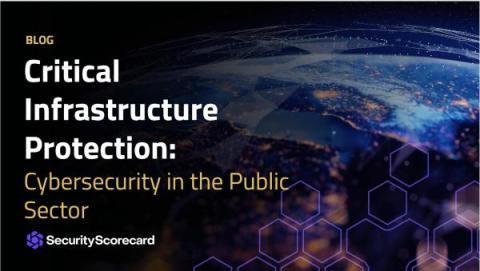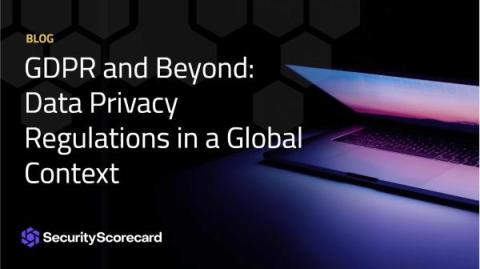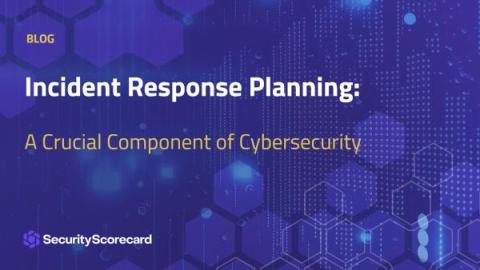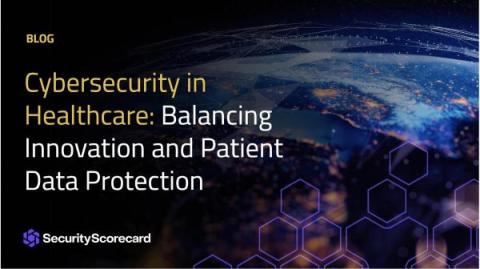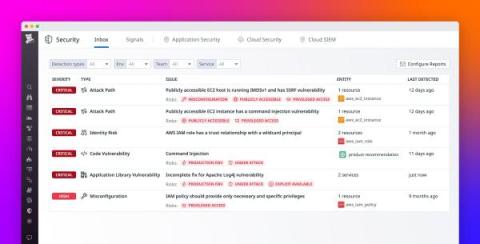Mobile Security in the Age of Smartphones: Tips for Users and Developers
Smartphones have become ubiquitous with today’s digital world, serving as a central hub for personal and professional activities. This widespread use has escalated the importance of mobile security, making it a critical concern for both users and developers. As cyber threats evolve, so does the need for robust mobile security measures.



